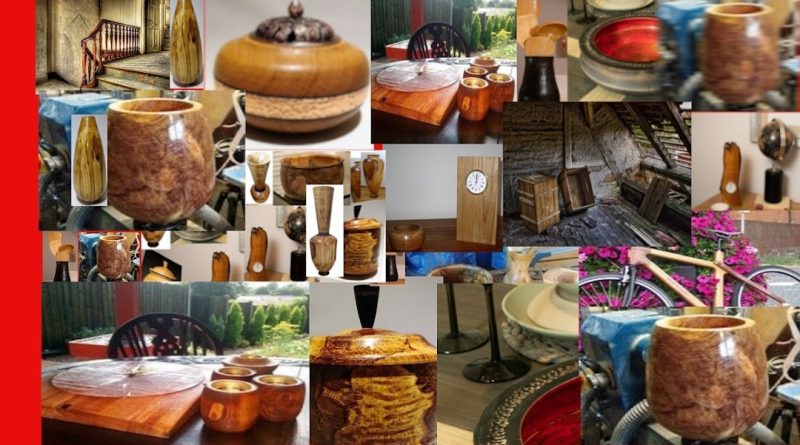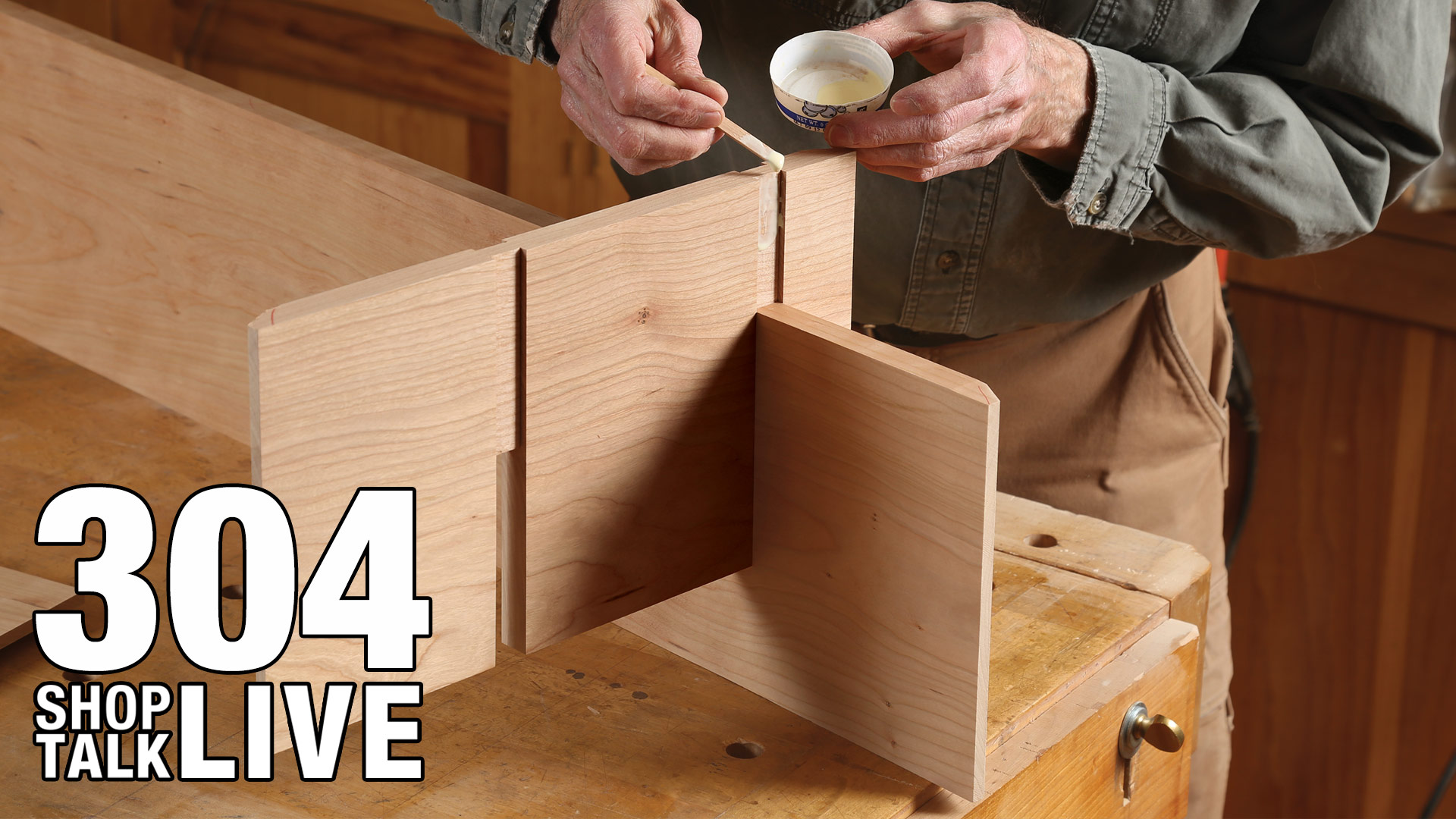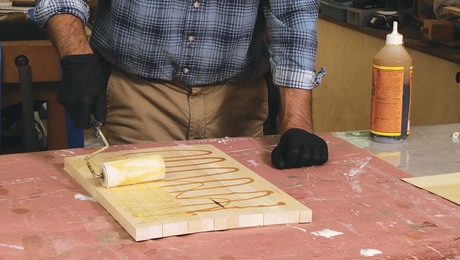Woodturning Design: Where Can the Turners of Today Find a Voice of Their Own?
The turning of wood has an old history both in the realm of utilitarian work and in highly decorative art pieces. In ancient Egypt, bowls were turned out for pharaohs and commoners. Later the kings of Europe would possess fancy ornamental lathes to turn out highly ornamental boxes and jars of great beauty.
Yet a turner is largely restricted in his or her output. Lathes make things round. Already the design considerations are tightened. Straight lines are possible but only as a “v” groove on the side of a piece or the side of a tube. All lathe cuts are either a bead, a cove, or a straight line. Any other decorative cut is a collection of these three. So what is a person to do to find their own “voice” in the art and craft of woodturning?
The first step is the same one that every artist needs to take to establish personal credibility and learn the craft. Read books and articles, study videos, get lessons, and above all practice, practice, practice. Just about the best thing you can do for your turning craft is to get some free or almost free wood and turn it into shavings. I like to use firewood and landfill trees for practice not to mention some fine turning.
Once the skills are achieved as far as tool technique is concerned, you still need to develop some others. One is an eye for line, curve, and form. This extends somewhat beyond the needs of a painter and into the realm of sculptors and carvers. On the lathe, we draw in three dimensions. However, we do draw. Do not neglect the painters and all they can promise us.
To get a good look at the forms for which we strive it is necessary to examine the silhouette of a piece and look at the line which is formed. Is it a fair curve or is there a disruption in the line of flow? Is the disruption accidental or purposeful? If accidental is it good or bad? Does it lead to better design or does it need correction? If on purpose the same questions of good and bad arise and need to be dealt with.
One of the aspects of the painter’s craft that are often ignored by the turner of wood is that of color. Ignoring the world of segmented turning with its myriad choices of design with colored woods, or for that matter ignoring coloring or painting the piece after turning, each piece of wood has its characteristic color and grain. Characteristic colors are simply that, characteristic.
They may determine whether the piece would best be turned in a style that gives an impression of the heaviness of lightness. The grain of the wood, on the other hand, is the pallet of the piece. A subtle change in orientation may be needed to best display the nature of the piece. Lights and darks exist in many variations in most pieces of wood, particularly the prettier ones that turners tend to prefer. As one turner has said, “Life is too short to turn ugly wood.”
Carvers and sculptors have a lot to teach us in dealing with form. Look for balance from one section to another. How does the top of a piece lend lightness or weight to the base? Do they fit together? How much does the appearance of the piece change if it is looked upon from above instead of from below, the front, or either side? Does the piece still “work” from different perspectives?
Look at massive pieces and frame them with your fingers or take a photo without surrounding images that lend a perspective of size. Does the massive piece still present itself well as a small piece and vice versa? Why or why not? Can you translate your findings to the lathe?
Perhaps the greatest craftsmen and artists that speak to our craft are the workers in pottery and ceramics. After all, if you rotate a lathe ninety degrees to the left and put a platter on the headstock, you end up with a potter’s wheel. As another Turner has said, “The potters and ceramics makers were imitating me two thousand years before I was born.”
Yet even the common bowl had a history of art, whether found in the Ming Dynasty or the great punch bowl of the British Crown Jewels. Artists have managed the delicacy of the line fully integrated with the colors of the woods used, to develop a unique style with which to capture the essence of “bowl.” With due consideration for what has gone before and respect for artistic traditions, it is possible to develop one’s artistic voice and turn a fine art piece into wood.




